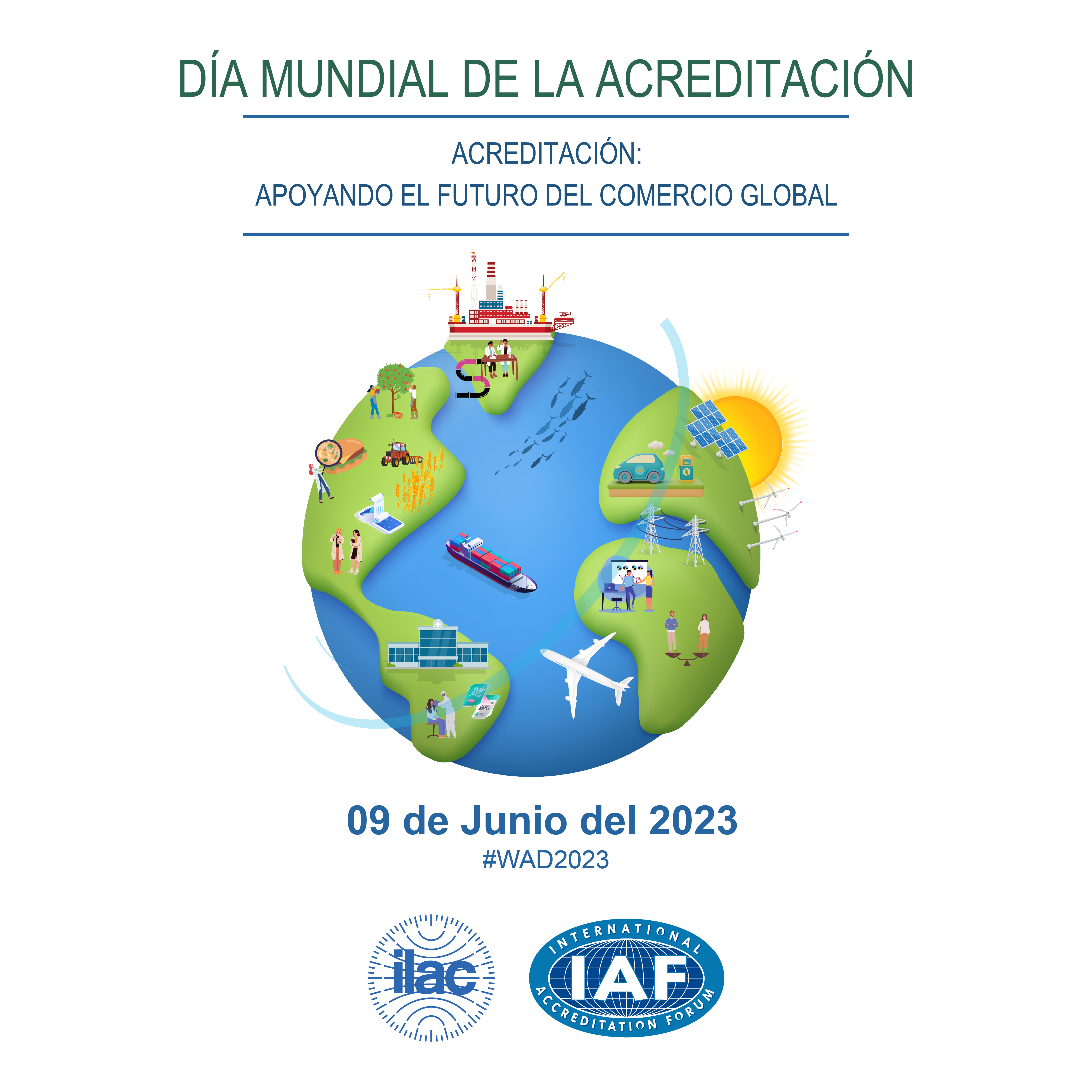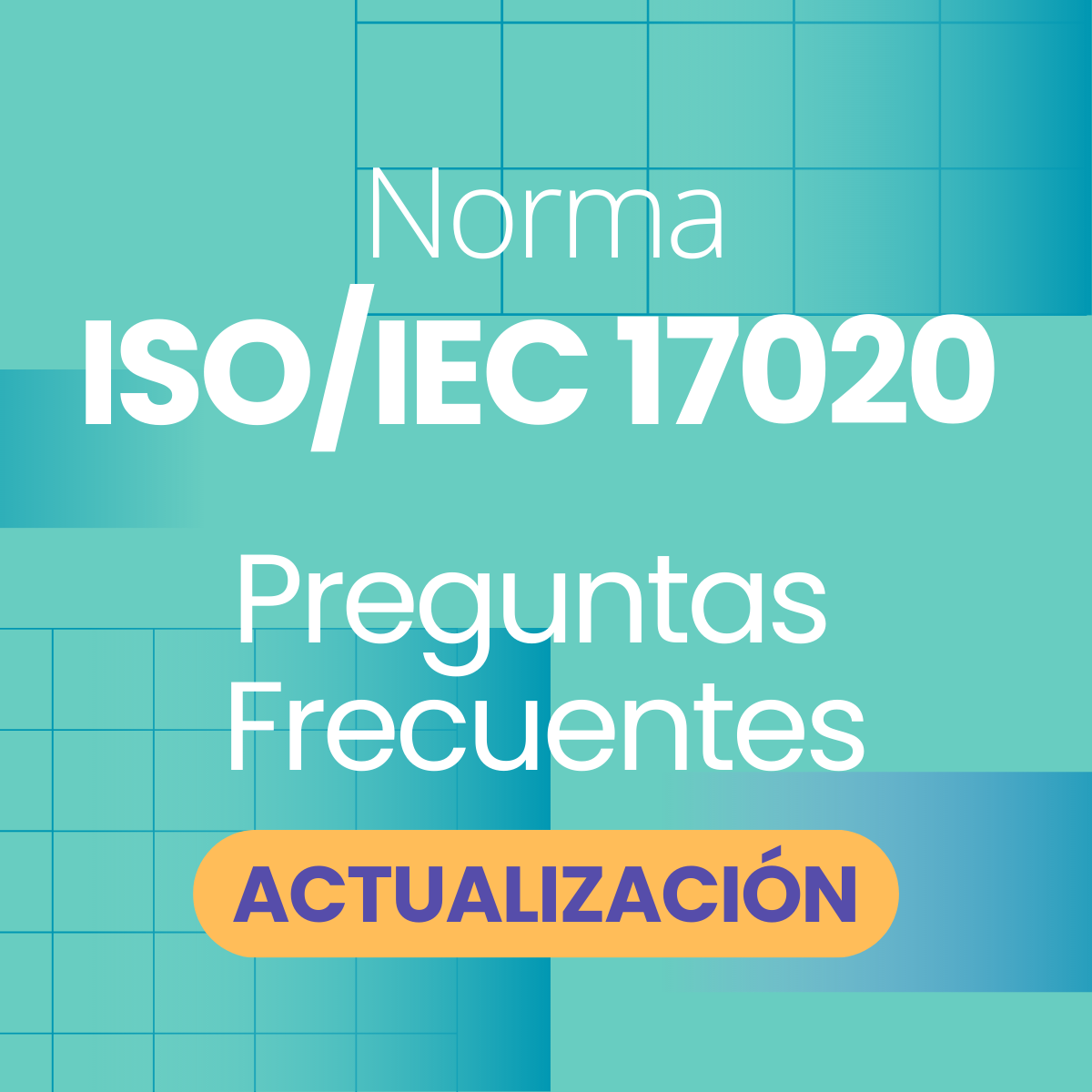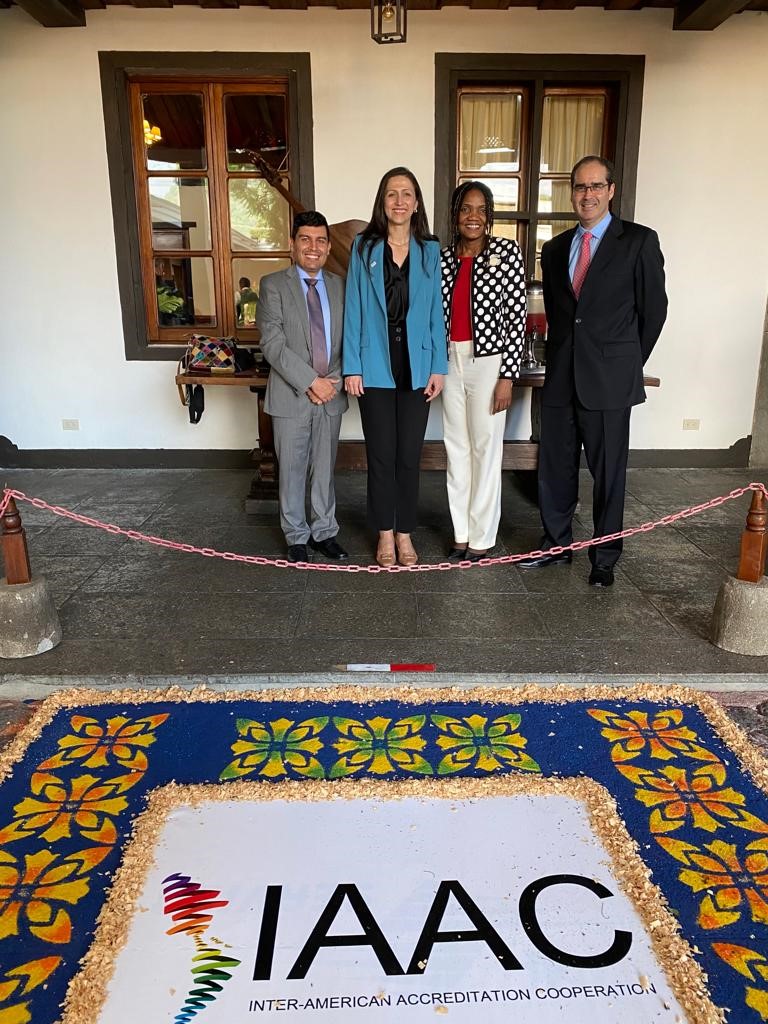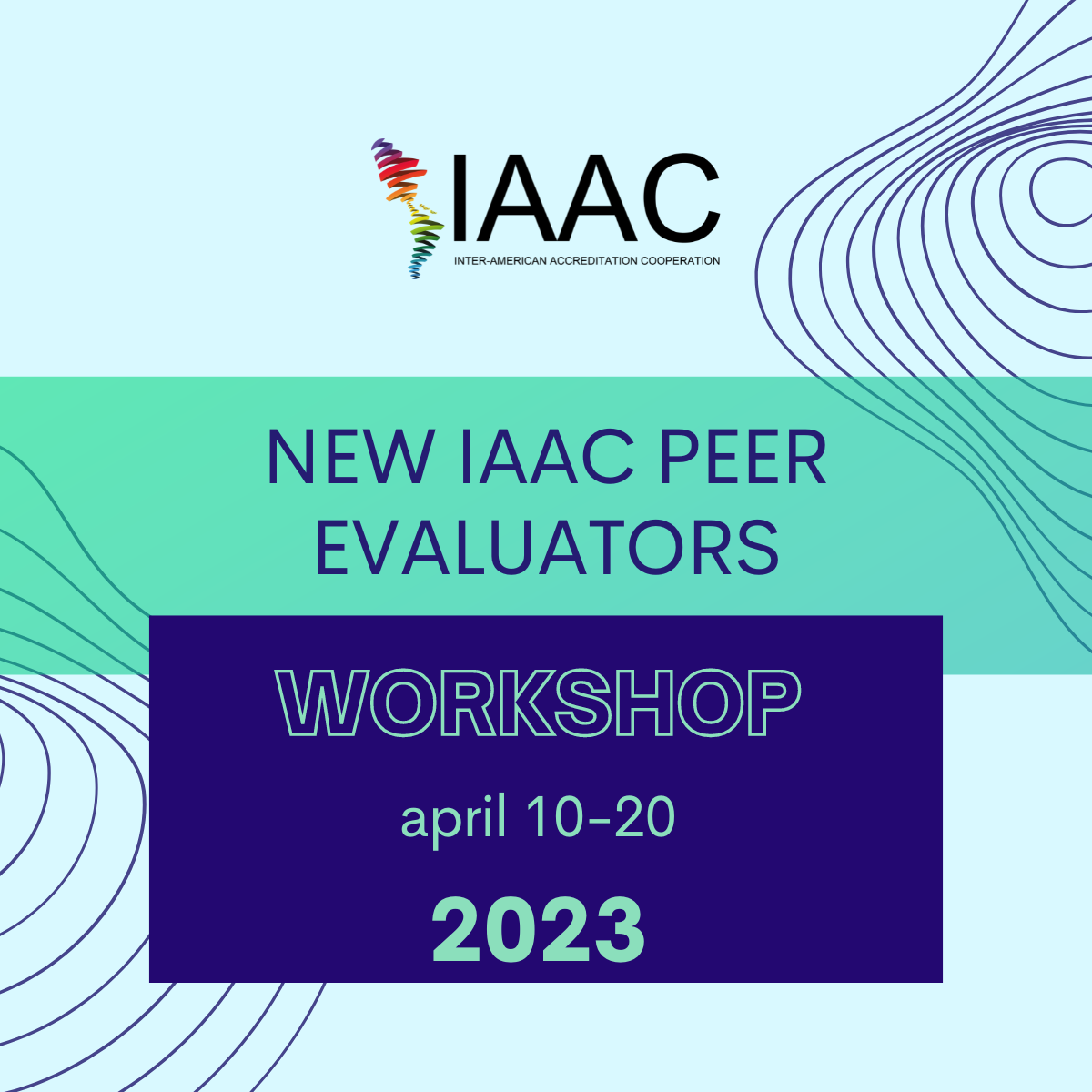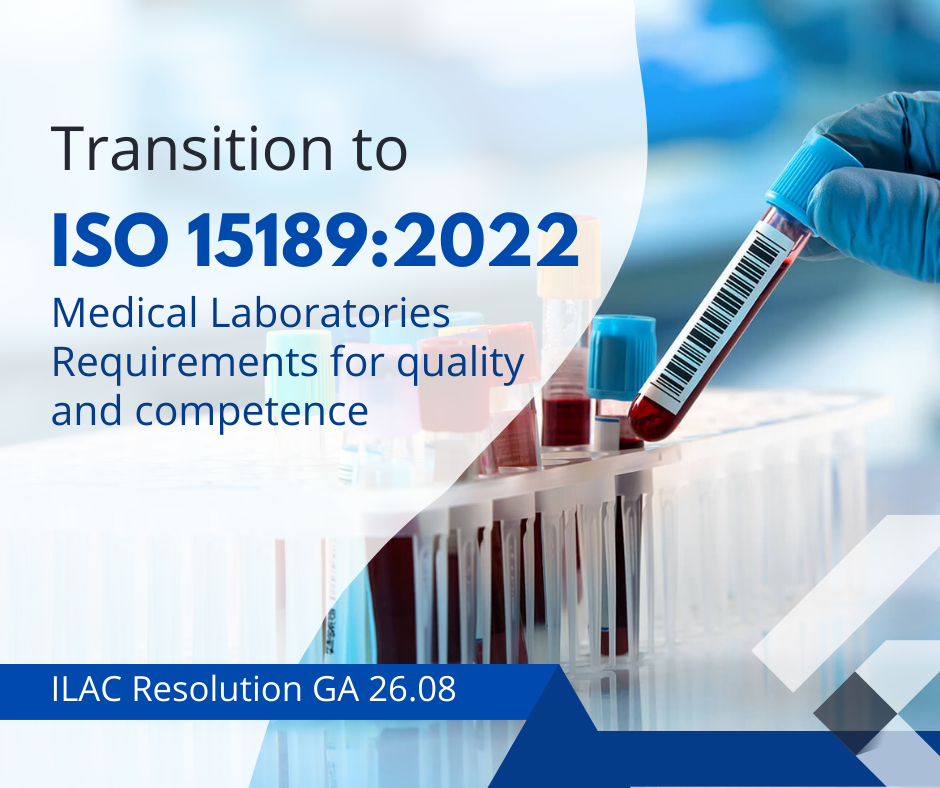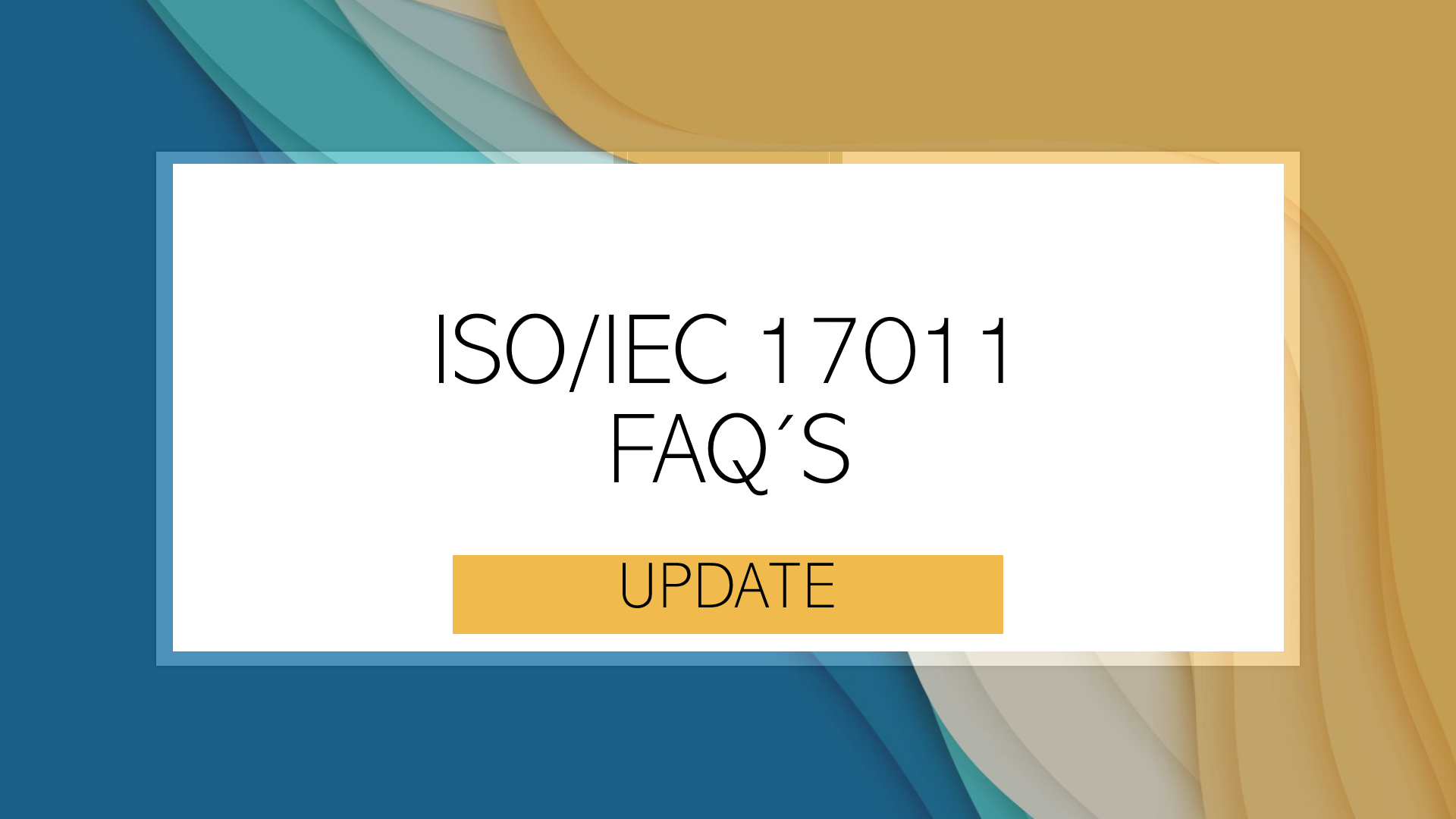Since 2013 there have been some significant changes in the IAF MLA. In response to a question relating to “what is covered by the IAF MLA” the IAF has moved away from three MLAs covering QMS, EMS and Product to one MLA with scope and changed the way the IAF MLA Mark is used in connection with Product certification.
The amendment and publication of IAF PR 4:2010 Structure of IAF MLA and Endorsed Normative Documents introduced the new IAF MLA structure, moving away from three MLAs; QMS, EMS and Product to one MLA with scope. The IAF MLA is structured in five levels:
Level 1 - ISO/IEC 17011, specifies the criteria for the Accreditation Body (AB).
Level 2 - Accreditation Activities, in which the AB has demonstrated competence to perform accreditation as specified by the IAF endorsed generic accreditation normative documents listed in Level 3.
IAF MLA accreditation activities are:
• Management Systems Certification
• Product Certification
• Certification of Persons
Level 3 - IAF endorsed generic accreditation normative document used by the AB to assess the Conformity Assessment Body (CAB) competence for each accreditation activity. For example: ISO/IEC 17021, ISO/IEC 17065, ISO/IEC 17024
Level 4 – IAF endorsed sector specific normative documents which specify internationally recognized applications of the generic normative document listed in Level 3. The documents are used by the AB, in combination with the generic normative document listed in Level 3 to assess the CAB competence in the relevant sector. For example: ISO/TS 22003, ISO/IEC 27006.
Level 5 – IAF endorsed conformity assessment normative document used by CABs
For example: ISO 9001, ISO 14001;
Note: The combination of a Level 2 activity and the Level 3 relevant normative document is called a main scope of the MLA. The attestations made by CABs where the MLA is at the main scope level are considered to be equally reliable. Level 4 and Level 5 do not exist for all main scopes. Level 4 and Level 5 are called sub-scopes of the MLA. The attestations made by CABs where the MLA is at the sub-scope level are considered to be equivalent. There may not be a level 4 document (e.g. ISO 9001) however there must always be a Level 5 document for equivalence to be claimed.
Since the introduction of the Product MLA in 2004, the product MLA has been known as a “framework” MLA based on ISO/IEC 17065, as there were no common product certification schemes or product standards recognized by the IAF. Even though the Product MLA was a framework MLA, the IAF MLA Mark was allowed to be used on certificates of conformity, implying equivalence. However it has been recognized that this is misleading in the context of product certification. IAF ML 2 General Principles on Use of the IAF MLA Mark precludes the use of the IAF MLA Mark on product certificates unless issued under the terms of an IAF endorsed scheme. Having an IAF endorsed scheme, provides normative documents at Levels 4 and 5. The process for the endorsement of schemes is detailed in IAF PL 3 Policy and Procedure for Expansion of the Scope of the MLA.
Recognizing the significance of the changes in the use of the IAF MLA Mark in the activity of product certification, the IAF has introduced a relatively long transition period associated with the changes in the use of the IAF MLA Mark. The following transition arrangements apply:
A) As there are no IAF endorsed product certification schemes, ABs should require the CABs with whom they have a sub-license covering product certification to immediately cease including the combined IAF MLA Mark/AB symbol on product certificates.
B) A one year transition period will apply to allow ABs to establish new sublicenses with CABs providing product certification,
C) A four-year transition period will apply to allow CABs to withdraw product certificates that include the combined IAF MLA Mark /AB symbol.























